Saving seeds is one of the best things a home gardener can do for a variety of reasons. Whether it’s to increase your resiliency, save money or create regionally adapted seeds, there’s no better time to start saving seeds than right now!
If I could go back and do it all over again – if I could be a new gardener again – there wouldn’t be a lot of things that I would change. Honestly, I made tons of mistakes. But they all taught me so much.
Except for one mistake. If I could go back in time, I would change this one thing: I would have started saving seeds sooner.
I waited so long to save seeds. I even said crazy things like “I don’t see myself ever getting into seed saving or having time for that”.
What was I thinking?!
I truly didn’t understand the importance of saving my own seeds. And now it seems absolutely crazy how blind I was to the importance of it all!
Saving seeds isn’t hard. It isn’t scary. It doesn’t take a huge amount of time or skill.
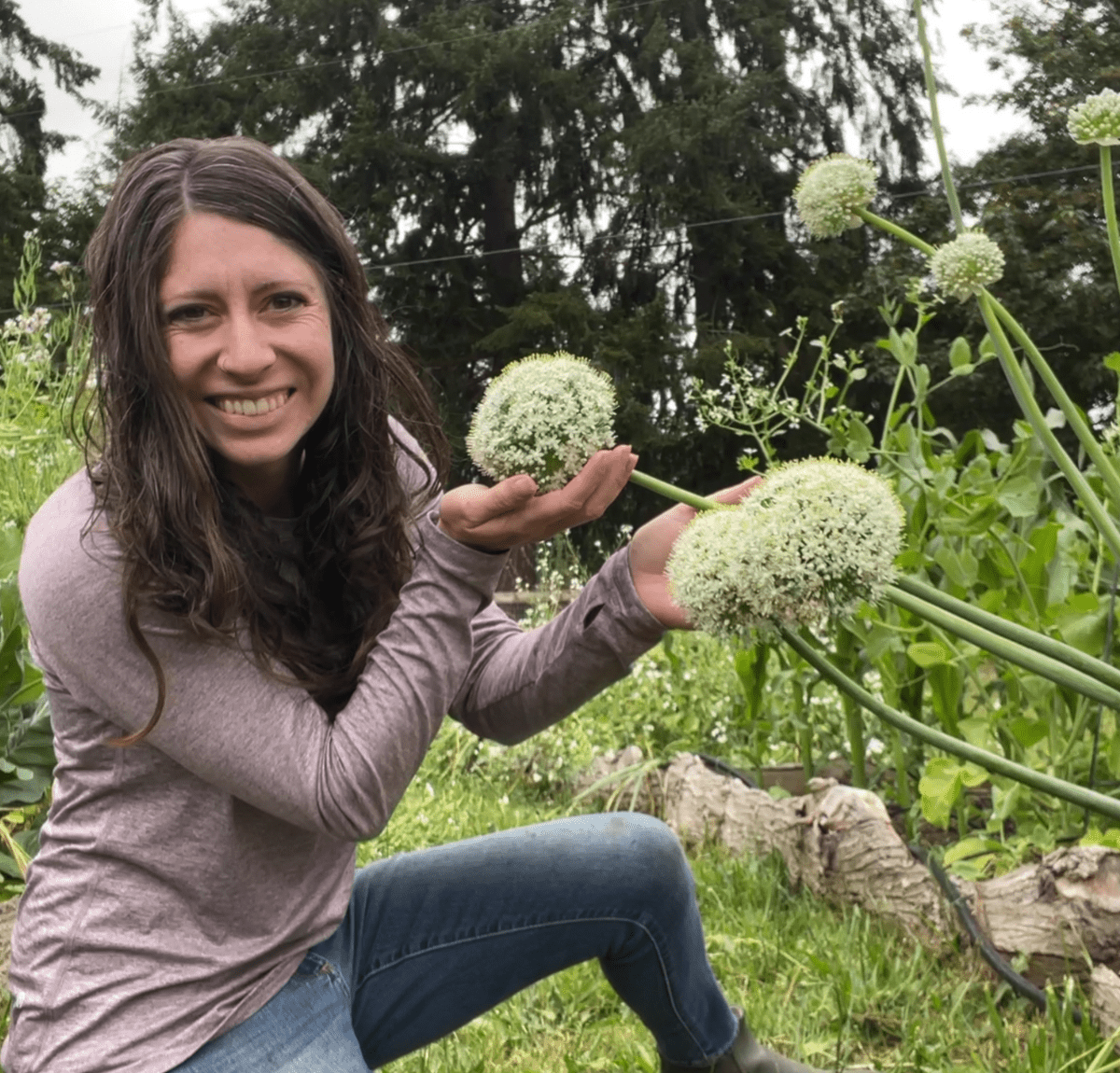
Believe me when I say: START SAVING SEEDS NOW!
Honestly, I think at this point, producing seeds is as important to me as producing actual food from my garden. It’s certainly just as satisfying – if not more satisfying! I now dedicate about 1/3 of my garden to seed production and I hope to expand that in the future.
Why is it so important to start saving seeds? There’s a lot of reasons, but I think I narrowed it down to just 5 very important reasons. So, let’s dive in!
Prefer to watch instead of read? I have a YouTube video on this topic as well! Check it out here!
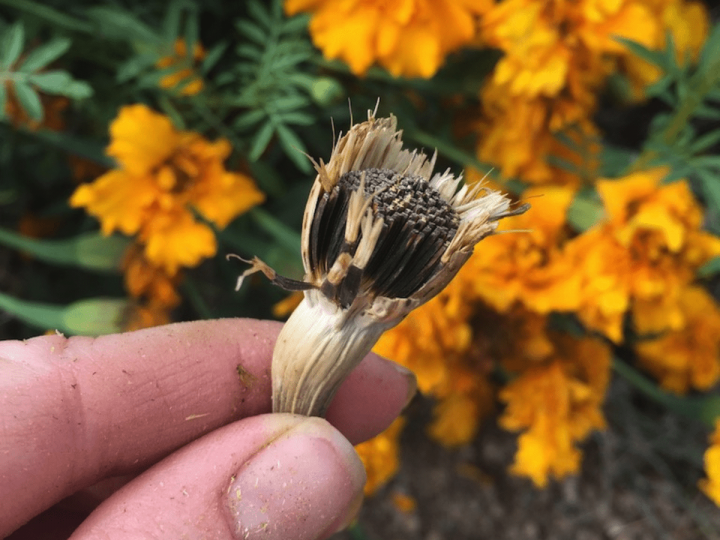
Top 5 Reasons to Start Saving Seeds Now!
1: Increase your resiliency & secure your food sources
Probably one of the best reason to start saving seeds is to increase your resiliency. Being able to grow your own food is a massively important skill! But, what happens if you suddenly can’t source seeds as you usually do?
While the idea of not being able to purchase seeds seems hypothetical, it could very easily be a reality! During the 2020 pandemic, seeds became incredibly hard to find! As more people started growing their own food, seed companies soon found themselves overwhelmed. Most seed companies had long wait times and ran out of many varieties.
I knew many gardeners who weren’t able to grow the varieties that they usually did because they couldn’t find seeds! Or, by the time they got the seeds, they were incredibly behind schedule. Any hiccup in the supply chain can really affect your garden if you are relying on purchased seeds.
During 2020, I was lucky to have a fully stocked supply of seeds. Most years, I will buy some seeds to replenish or add new varieties. But since I didn’t need to buy any seeds, I didn’t. I choose to leave the seeds for other gardeners who were less prepared.
And let me tell you, it was an amazing feeling to know that my garden wasn’t reliant on outside sources! I grew entirely from seed that year and used only the seeds I had on hand or had saved from previous years!
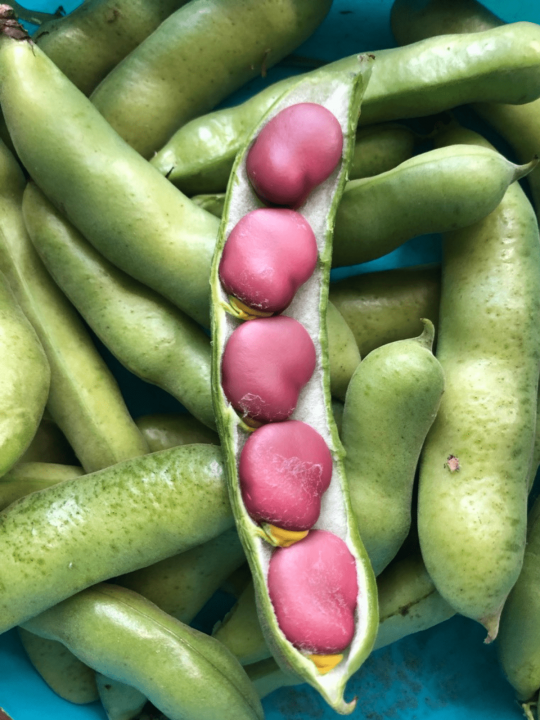
2: Save money
While a single packet of seeds isn’t going to break the bank, it can certainly add up over the years! Especially as you start growing more and more! Just one plant will usually produce a huge quantity of seeds!
Since you won’t need to repurchase seed packs for your favorite varieties, you’ll be able to use your seed budget on new varieties that you may not have been able to purchase otherwise! Saving seeds allows you to expand your seed collection without having to expand your budget!
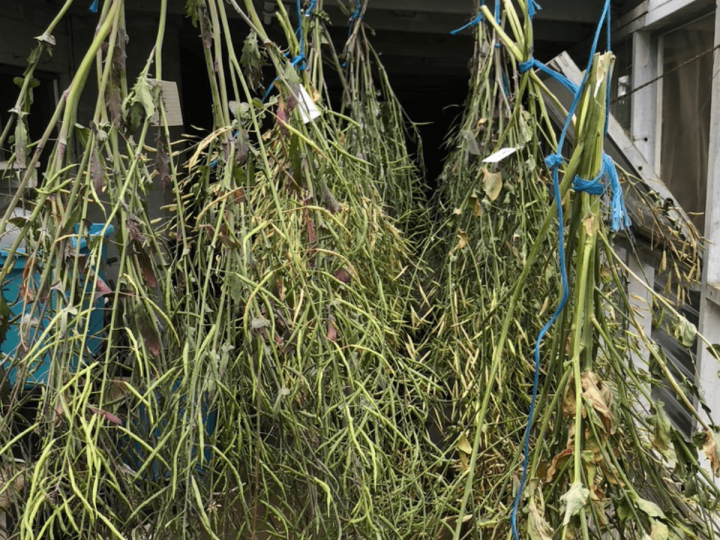
3: Produce an abundance of seeds to keep, share or barter
Once you start saving seeds, you’ll end up with a large quantity of seeds! One kale plant can produce hundreds of seeds! Each tomato typically has around 100-200 seeds! And a single zucchini can have upwards of 500 seeds! While not all of these seeds will be viable, you’ll still get a huge seed harvest – even if you just harvest a few plants/veggies!
Having an abundance of seeds on hands is a great way to create redundancy (read more about this permaculture principle here). It allows you flexibility to experiment with your garden without being stressed about running out of seeds. Or, if you happen to loose a handful of planted seeds (whether from inclement weather, pests or other issues), you’ll have extras to plant a second crop.
You’ll be able to share, trade or barter your seeds. Seed swaps are an amazing way to share your harvested seeds and increase your seed supply. You’ll often get lovingly saved varieties that are very special!
You will also be able to create a legacy with your seeds! Many gardeners will perfect a special plant variety and save the seeds, passing them on for generations! Through seed swaps, I’ve been able to gain many special legacy seeds, including 3rd generation okra seeds, generational seeds from Thailand, and hollyhock seeds from Monet’s gardens in France!
I don’t care who you are, that’s pretty cool! And I always feel blessed to have these special plants in my own humble garden!
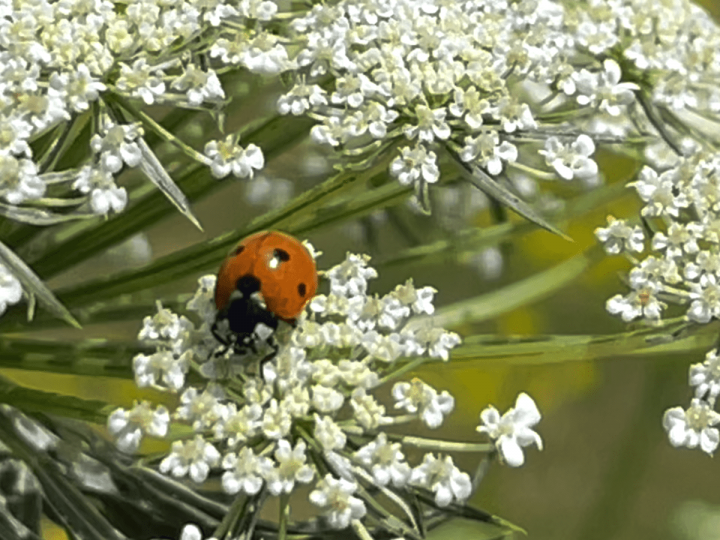
4: Support beneficial insect populations
In order to produce seeds, plants must go through a flowering stage. Many of our core garden veggies are botanically classified as fruits, meaning that they produce their seeds inside the fruit (think of a melon, squash or tomato). While these plants have to flower in order to produce the fruit, many other plants don’t flower before they are harvested (think greens, root veggies, and cabbage family plants).
By increasing the amount of flowering plants in your garden, you will be able to increase the amount of food available to pollinators and beneficial insects. In fact, the umbel-style flowers of carrot family plants are favorites of many predatory insects like green lacewing, predatory wasps and more! (Read more here).
By increasing the diversity in your garden through blooming plants, you’ll be able to welcome more pollinators and beneficial insects. As a result, your garden’s resiliency will also increase! If that’s not a win-win for everyone, I don’t know what is!
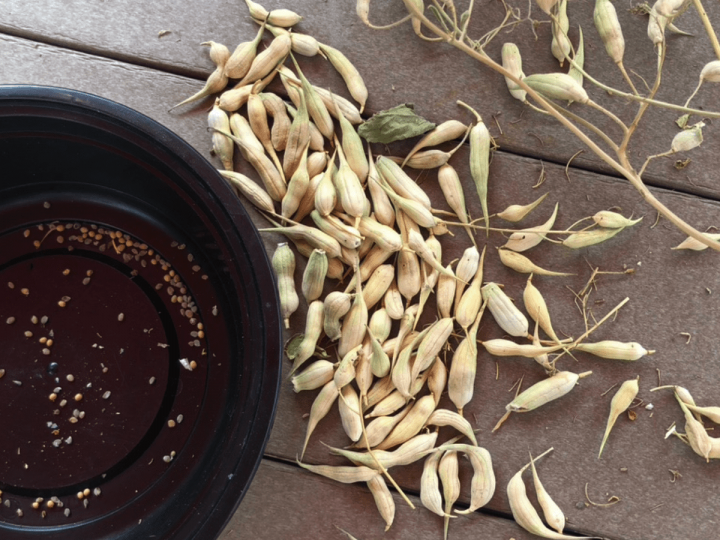
5: Create regionally adapted seeds
Probably my favorite reason to start saving seeds is to create more regionally adapted seeds. What’s a regionally adapted seed? It’s the secret to a truly resilient garden!
Regionally adapted seeds are seeds that have been saved year-after-year based on certain positive characteristics. As a gardener selects the best and strongest plant each year to save seeds from, they are saving those characteristics. And over the generations, small adaptions can create incredibly resilient varieties of plants!
A plant could be selected for its resilience to a certain pest. Or chosen because it was the only plant that didn’t get powdery mildew. Or, maybe it produced the sweetest fruit. Each gardener can choose the qualities that they wish to increase in their garden.
After generations of saving seeds from these plants, you are able to develop varieties that will be uniquely suited for your microclimate, your pests, your fungal issues, your taste preferences and more!
It’s truly an incredible thing! This is why I highly recommend buying from small seed producers who breed and save regionally adapted seeds. My favorite producer when we lived in the high desert was Snake River Seed Co-Op. And now that we live in the Pacific Northwest, my favorite is Uprising Seeds. Both of these companies place a high level of care into their seed breeding programs and it shows in the produce!
If you want to geek out on some great info on regionally adapted seeds and find a producer in your area, check out this post from Fruition Seeds.
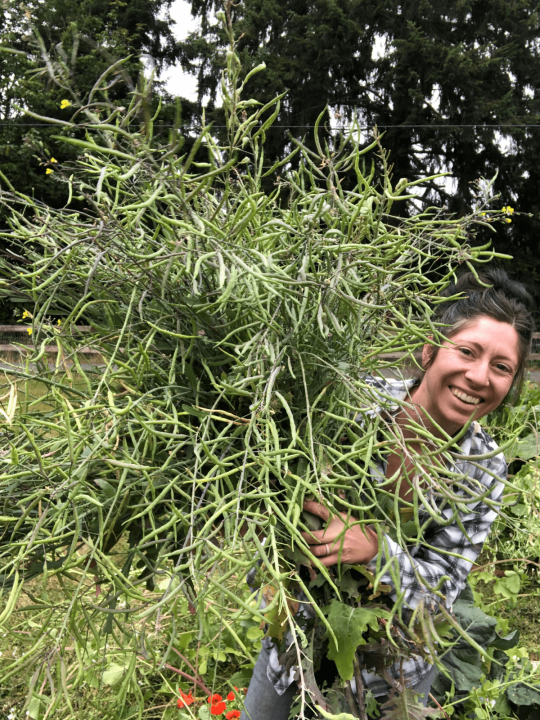
How to start saving seeds this year!
Saving seeds doesn’t need to be overwhelming! So start simple! Here are my top recommendations for beginning seed savers.
Start simple:
You don’t need to save seeds from every plant you grow. Instead, start by choosing just a few varieties to save seeds from. I recommend choosing some of your favorite crops or staple crops since they are important to your garden and your diet.
Pick the right type of plants:
Ensure that the plants you are saving seeds from are grown from heirloom, open pollinated or open sourced seeds. These are slightly different terms, but they all mean that the seeds are ideal to be saved. Seeds saved from these plants will resemble the parent plant, unlike hybrid plants. Hybrids will not breed true if you save seeds from them. Instead, future versions of the plant will revert to the original variety rather than the hybrid variety.
For more info on seed label terminology, you can check out this blog post.

Save the best plants for seeds:
The best seeds to save are from plants that performed incredibly well in your garden. Remember, we want to select seeds that will produce strong future generations. So choose a few of the best plants or veggies and let them get mature so they can fully ripen their seeds.
If you are saving seeds from plants like cucumbers, melons, squash or tomatoes, you can leave a few of the best fruits on the plant to continue ripening at the end of the season. For proper seed development, it’s best to harvest when the fruit appears to be overripe. This is because plants ripen the seeds in their last stage of development.
Give yourself extra room for seed saving:
Save some extra space in your garden for the varieties that you want to save seeds from. Some of the plants may get quite large. Others may need to stay in the ground for longer than usual to fully develop and ripen seeds. Plants like onions, parsley and most root vegetables are biennials, meaning that they won’t produce flowers and seeds until the second year of their growth.
While saving seeds may require a little extra space and time, it’s well worth the investment! You will be generously rewarded with an abundant seed harvest – and nothing feels better than that!

Want to learn how to start saving seeds from different flowers, vegetables and more?
If you’re ready to start saving seeds, I’m here to help! I’ll be sharing a lot of seed saving information on YouTube this year! If you want detailed instructions on saving seeds from different types of vegetables and plants, you can check out the full seed saving playlist here!
I will also be sharing seed saving blog posts for each of the varieties! I’ll add them below as I write them so that you can find exactly what you’re looking for!

